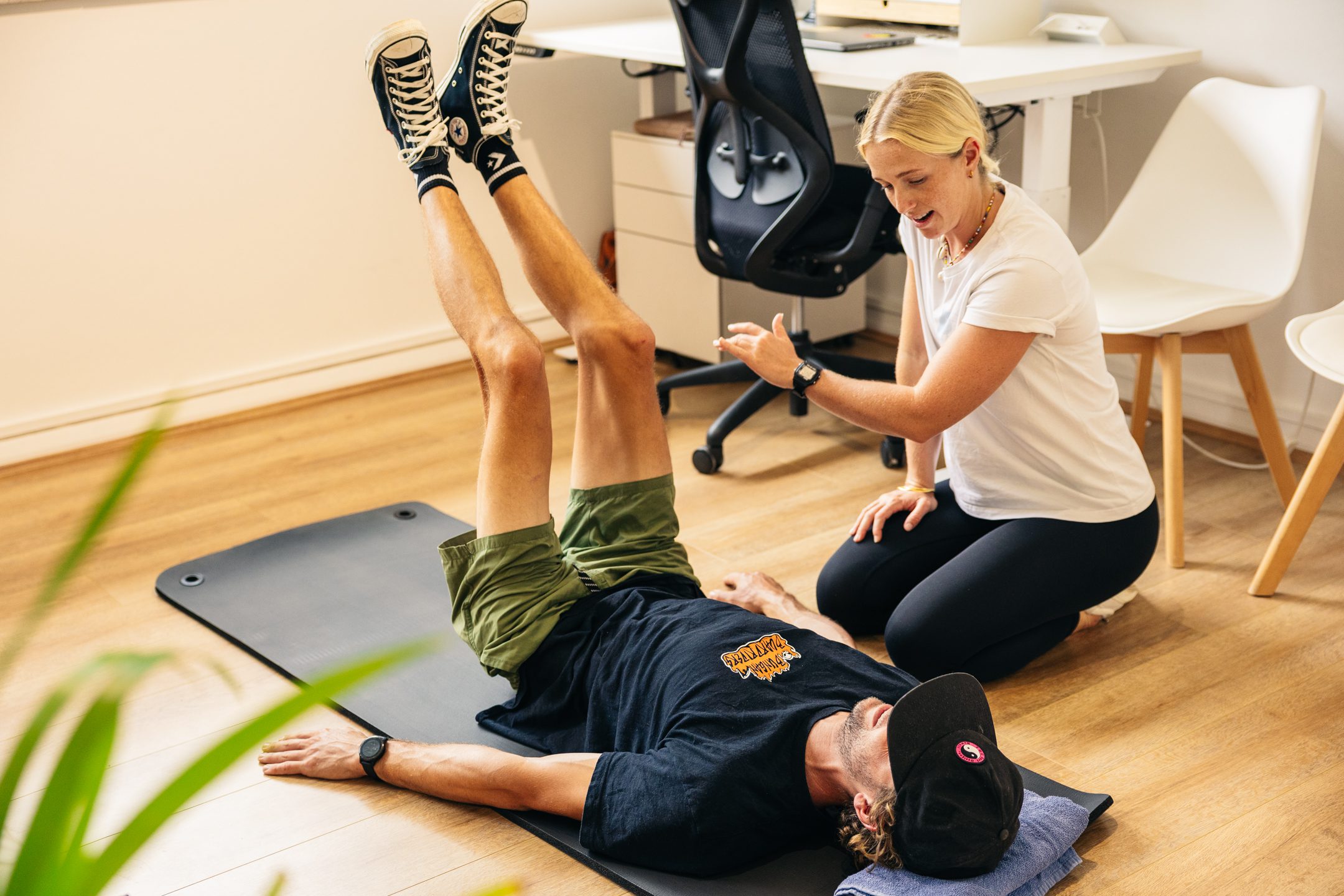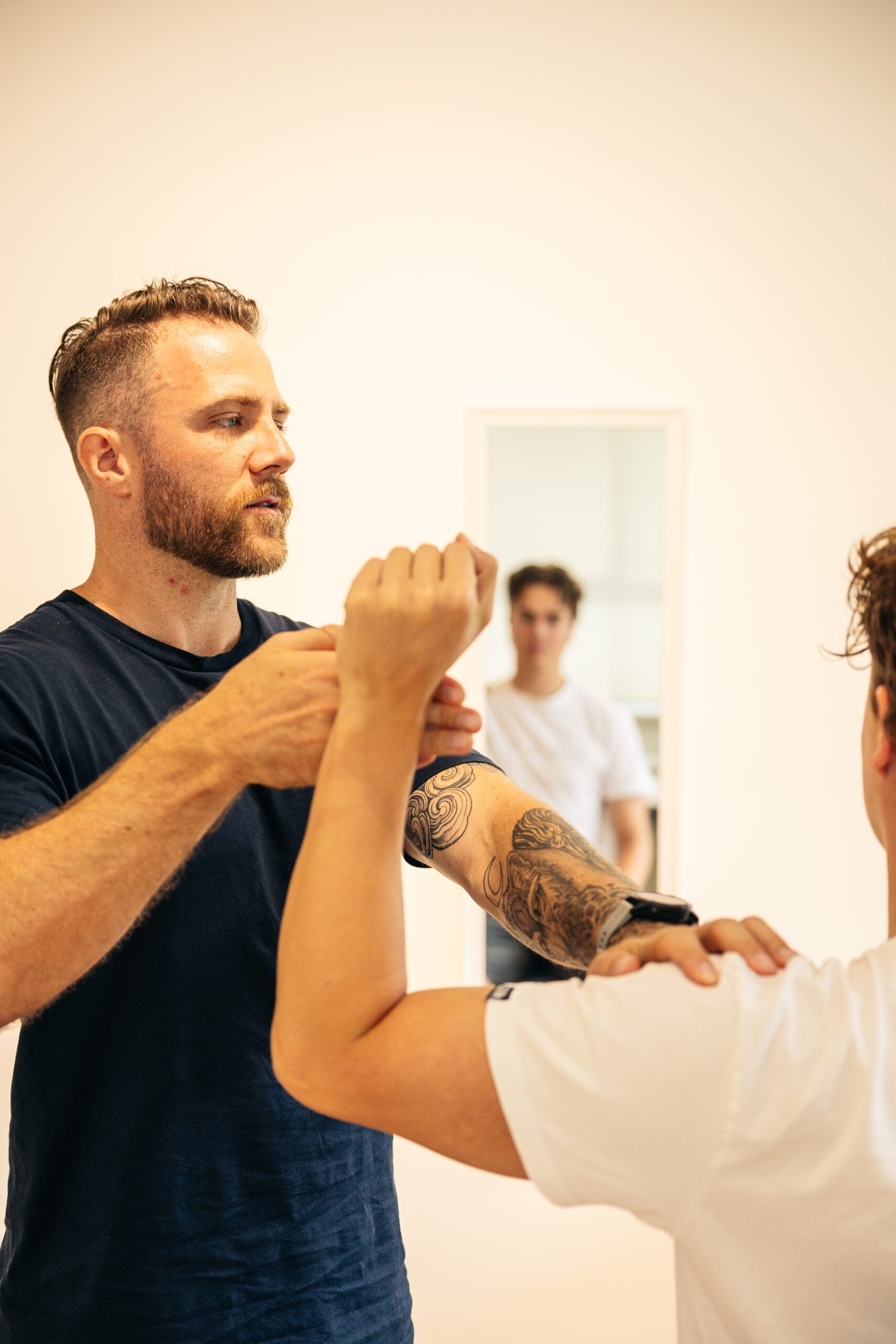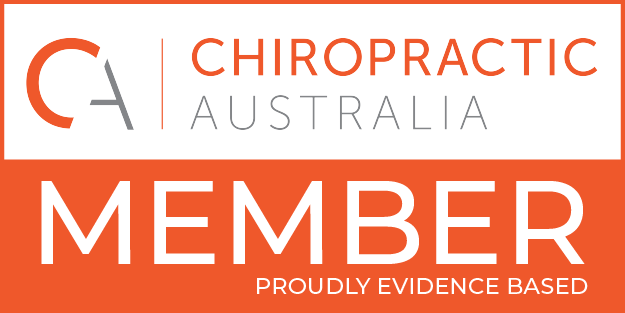Dr Jess Milsom
We hear in the clinic that you slipped your disc, giving you a dodgy back. More often than not, this is not true. Spinal discs do not slip out of place. This thought process alone may make our symptoms worse. If we think our discs are unstable – likely to slip out at any moment – we are much less likely to apply forces (exercise) and loads (heavy objects) to the back needed to create a strong back. So instead of slipped disc, the correct term is disc herniation. To explain why, we will look at the anatomy of the lower back.
Your spine has 33 vertebrae – 24 are moveable and the remainder are fused. The discs sit between the vertebrae and act as a shock absorber, providing cushioning and flexibility. They also aid in the transfer of loads and forces and help to create smooth movements through our spine. Each disc consists of a tough outer layer called the annulus fibrosus and a gel-like inner core called the nucleus pulposus. Above and below the discs at the top and bottom of the adjacent vertebral bodies are vertebral endplates. These endplates hold the disc firmly in place, making it impossible for the disc to slip out.
When a disc herniation occurs, a small part of the nucleus pulposus (the gel-like inner layer) breaks through a part of the annulus fibrosis. It is possible for a disc herniation to contribute to irritation and inflammation of the surrounding nerves due to compression of that nerve. These nerves often travel down and branch off to other nerves which supply the muscles and skin of our legs or arms. This is why back or neck pain can sometimes travel down our arms or legs, sometimes causing numbness, tingling or sharp pains to the affected limbs.
The cause of disc herniation is somewhat debatable. The original theory is that bending forward, twisting movements and lifting heavy loads will cause disc herniation. However, research is beginning to suggest this is not necessarily true. There is emerging research stating that genetic components and lifestyle factors can make an individual more susceptible to disc herniations and the degenerative process. Research suggests that not everyone with a disc herniation has symptoms or pain. Individuals may even have disc herniations which can severely compress a nerve and be completely symptom-free! Corresponding research suggests herniations can heal without surgical interventions, regardless of the size. Furthermore, the size of a disc herniation does not impact the degree of symptoms the individual experiences, meaning some may experience a high degree of pain with a minor disc herniation, and others may experience minimal pain with a large herniation. While this is baffling, it is very encouraging, as it suggests pain symptomatology can be affected by, and in terms relieved by, lifestyle modifications and assessing wellbeing holistically without the need for surgical intervention.
With the above information, it would be sufficient to say that most people do not need surgery for a disc herniation. Again, research suggests that most people suffering from the symptoms of a disc herniation who undergo surgery have similar long-term outcomes to those who do not. A study found that those who did undergo surgical intervention, initially had a greater relief of pain, a quicker return to activities and decreased impact on daily living in the short term. However, when re-assessed a few months later, these individuals reported having the same levels of pain, functionality and contribution to activities of daily living as those who did not undergo surgical intervention. Surgical intervention may be necessary for those who are suffering severe and progressive neurological symptoms, however non-operative management is often recommended at the first trial of care. Non-surgical treatment can include chiropractic treatment, prescribed exercises and activity modification.
So, what can you do at home to relieve disc herniation symptoms and decrease the likelihood of a recurring flare-up?
Identify what triggers and aggravates your symptomatology.
Work postures, patterns of movement, stressful periods of life, poor sleep, alcohol or smoking, poor nutrition, weight, etc. Once you understand what flares up your pain then find ways to avoid it. This could be changing your diet, drinking more water, avoiding sitting for prolonged periods or going to bed a bit earlier.
Exercise!
Evidence suggests that exercise combined with manual therapy is the most effective way to relieve chronic pain. However, there is no evidence to suggest one form of exercise is better than another form of exercise. So, do what feels good for you and, more importantly, what you enjoy doing! Anything is better than nothing.
Assess your lifestyle and other factors of health.
Similar to the first point, looking at your health holistically ensures you know how to manage your pain and prevent the likelihood of injury recurrence. Stress is one of the main drivers of the majority of prevalent diseases. Pain is multifactorial and often linked to poor stress management, mental health, and/or lifestyle choices.
Disc herniations can cause significant discomfort and impact an individual’s quality of life, this does not have to be the case. Finding out what works best for you, what triggers your pain and how to avoid it is the key to empowering you to take control of your health. Making these choices will get you back to doing what you love quicker.







